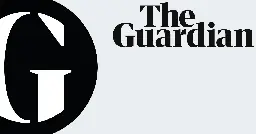The Taste of War: World War Two and the Battle for Food by Lizzie Collingham – review
The Taste of War: World War Two and the Battle for Food by Lizzie Collingham – review
Starvation and conflict go hand in hand, Lara Feigel discovers

The Taste of War is the first book to tell the intertwined stories of some 20 nations battling for food. This is a story of individual governments struggling to feed civilians and troops with limited resources. Britain and Germany introduced rationing. Japan allowed civilians and soldiers to starve, on the grounds that lives were expendable and the fighting spirit should be sustaining enough. Meanwhile America began to cultivate its image as a land of plenty by giving each soldier a staggering 4,757 calories a day in rations.
...
One fascinating chapter reveals Hitler's entire battle for supremacy to be a quest for food. In 1942 he described the war itself as "a battle for food, a battle for the basis of life, for the raw materials the earth offers". He invaded Russia with the intention of creating a "European California" as abundant as the American west.
According to the euphemistically named "Hunger Plan", developed by German minister Herbert Backe, the conquest of Russia would render Germany self-sufficient. The Germans would starve millions of Russians to death and turn large parts of the country into a giant farm. Backe's plan was partly successful, in that millions of Russians starved. However, as the battle dragged on, the German soldiers could barely feed themselves, let alone send enough home to feed Germany. Hitler was faced with a food crisis, and it was partly as a solution to this strategic problem that he decided to exterminate the Jews. "The Holocaust," Collingham writes, "was not just the product of an irrational ideology but the conclusion of a series of crises in the German conduct of the war."
